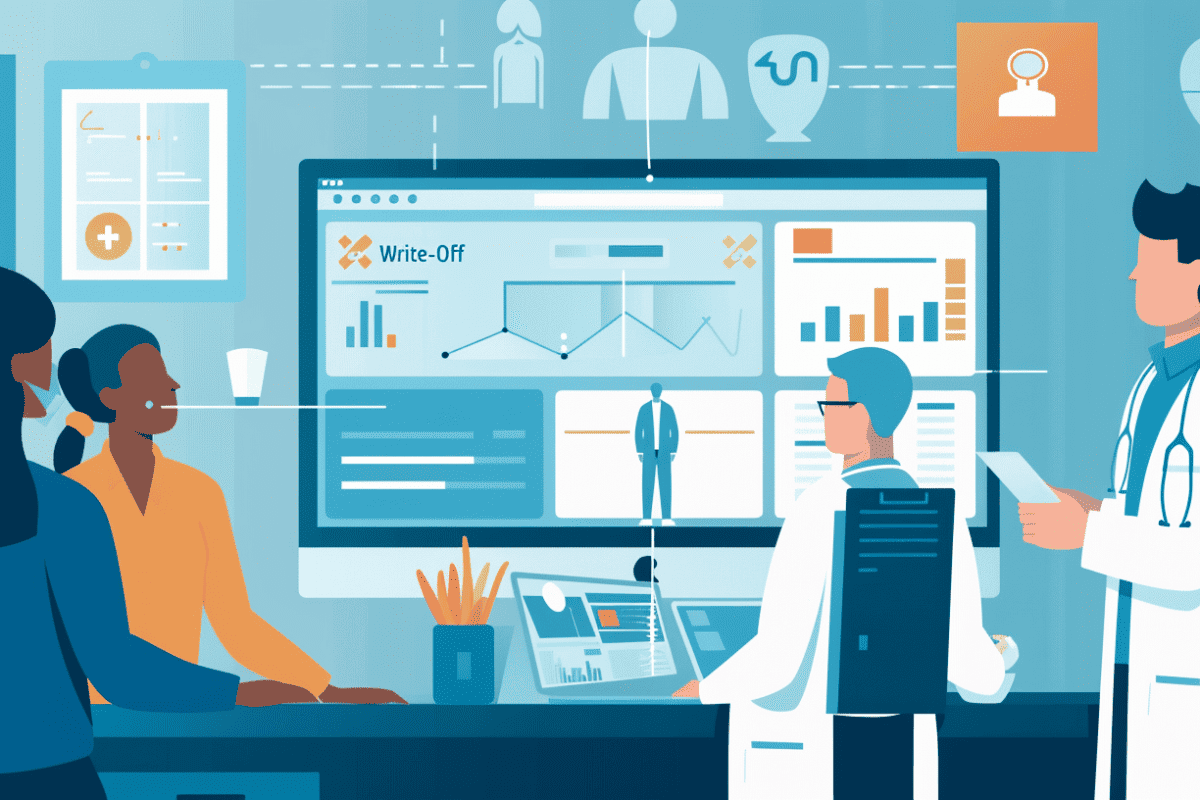In Part 1, I discussed common misconceptions behind why pharmaceutical companies aren’t using data to improve clinical trials processes.
Firstly, people often think that digital health solutions are young and unreliable – but in fact, there are options on the market that are incredibly robust and often unknown due to a crowded consumer market.
Second, many executives believe that aggregating data points across multiple sources is cumbersome. That, too, is a misconception. In fact, there are companies out there that can provide the right context for detecting trends and causality while aggregating multiple real-world data sources.
And third, some people think that data learnings don’t impact health outcomes by much, but that couldn’t be further from the truth. In fact, data can change everything – if you have the correct process in place, data learnings can be easily distilled and money will be saved almost immediately.
Truthfully, the first misconception, that digital tools are young and not validated, is rooted in some logic.
At this moment in time, the majority of digital health tools are not appropriately validated because the FDA still needs to set validation processes in place for this fairly new industry.
Today even though there are digital solutions that have received FDA approval and are ready for use in early research and development phases, there are challenges in making the data from the device relevant and reproducible. First, due to the high volume of the data collected by digital health solutions, it is challenging to separate the insightful data from the noise without knowing the context of the signal. Second, when we say “validation,” we’re looking for actual proof of behavior change, but most tools these days cannot accurately create the same kinds of results over and over again. Plus, these results are rarely replicated against a medical grade device in clinical settings, so while the tool might work in one situation, it’s not often compared to the current line up of existing tools. Will it still be reproducible in the setting it’s meant for, rather than in a vacuum? These are important gaps to call out.
As I said in part one, though, there are devices that match clinical grade standards.
These devices and tools often get crowded out of the conversation, and they usually aren’t marketed to the general public as a point of strategic advantage. So the real gap here, for pharmaceutical companies especially, is knowledge – it’s in knowing that these products do exist, and in separating the golden opportunities, which have been tested with a statistically significant number of patients, from the unvetted tools around them.
As we assess these digital health solutions for integration into clinical trials, it is also becoming important to incorporate patient-centricity and patient usability requirements for the solutions.
If a tool is reliable, as a guide, at Medullan, we look for tools that can answer these questions around patient-centricity with a resounding yes:
1. Does this digital health solution solve patients’ problems independently of where they are in their patient journey?
Many existing point solutions focus solely on certain phases of patient solutions, but we need to look at the entire patient journey to be successful. The data points we collect must be used leveraged by the entire care team.
2. Within this digital health tool’s interface, does most data collection occur passively, without disrupting a patient’s daily life routines?
Rates of adoption and engagement are much higher when patients’ daily routines are not disrupted. Ideally, successful digital health tools should aim to convert Patient Reported Outcomes into reliable Automated Reported Outcomes seamlessly.
3. Is human support possible for this product, and is it just “2 clicks” away?
In our hyperconnected world, it’s important to remember that we’re still working with people. As successful tools are used and built, they should focus on when and where a patient needs automated feedback most.
4. Does this tool have a streamlined process for providing immediate patient support?
In a best-case scenario, insights are collected and quickly sent to people who can provide immediate support to the patient (caregivers, care managers, and physicians).
What’s the next step?
Pharmaceutical companies need to look at their clinical trial process holistically, then identify digital tools that can be used from research development through commercialization.
I usually suggest starting with tools like these:
Handheld IoT devices
These can be used for recruiting, screening, and to diagnose patients in the comforts of their homes.
Digital Screeners
In this lens, especially consider web and mobile-based Health Risk Assessments.
Provider finder enginesMost importantly, these engines connect patients with the best available care options through web and mobile devices.
Telehealth tools
These tools assist the patient with screening and/or post-screening guidance using phone, text, video.
Clinical-grade Monitoring DevicesDevices like these assess a patient’s health status up front, allowing clinicians to infer information about drug efficacy and adverse effects in real time.
Analytics PlatformsThese platforms are key, as they ingest real-world data and find correlations across the data points being collected. They can also locate potential digital biomarkers that can surface other risk factors.
Patient outreach toolsWith these tools, pharmaceutical companies can enact and adjust clinical trial protocols in real time or near to real time, as well as push targeted content and instructions to patients.
If you can find the right digital health tools, they can be game-changing.
With tools like the above, processes can be quickened, data can be collected seamlessly, and money can be saved, especially within the pharmaceutical workflow. The immediate access to thousands of potential patients, at the click of a button, could change everything about this system… if we let it.
Tune in for Part 3 of this series, where we will consider the step by step, on-the-ground processes that are needed to move your pharmaceutical company toward a more data-driven and agile clinical trial approach.
If you missed Part 1, click to read the full post, Common Misconceptions about Digital Solutions.
Adriano Garcez, MBA
I am a biotech-engineer, health-economics MS, Management and Innovation MBA, consultant, company founder, advisor, mentor, and healthcare innovation zealot. I specialize in patient-centric design for patients, their family, and care providers. I bring to market comprehensive digital solutions that make healthcare effective, transparent and high-quality. My passion is to help the healthcare system deliver the best care to patients focused on high standards of quality and value-based outcomes. To execute on my passion, I work with others across the healthcare ecosystem to explore and create new ways of seeing and finding solutions to old and new problems. I have worked with dozens of life-sciences, pharma, bio-pharma, provider organizations, health innovation accelerators, and private-sector companies to successfully design implement and adopt new technology, processes, and care models. I have deep expertise in finding the best technology and partners to implement and optimize change with measurable impact and improvement. My style is hands-on and suitably pragmatic to find new value-based solutions for businesses, healthcare users, and the healthcare ecosystem. Colleagues describe me as “team-oriented yet with high autonomous capacity, a bond creator, trustworthy and humorous. A very committed individual, passionate and innovative.” People frequently contact me when they need to re-evaluate, design, develop and implement a progressive strategy, optimize existing processes, implement new change and to translate technology or software into real-world clinical value-based operations. My language skills allow me to speak fluently with approximately 2 Billion people. (English, Spanish, Portuguese, French). "There has never been a big achievement that hasn't started with a single step"


